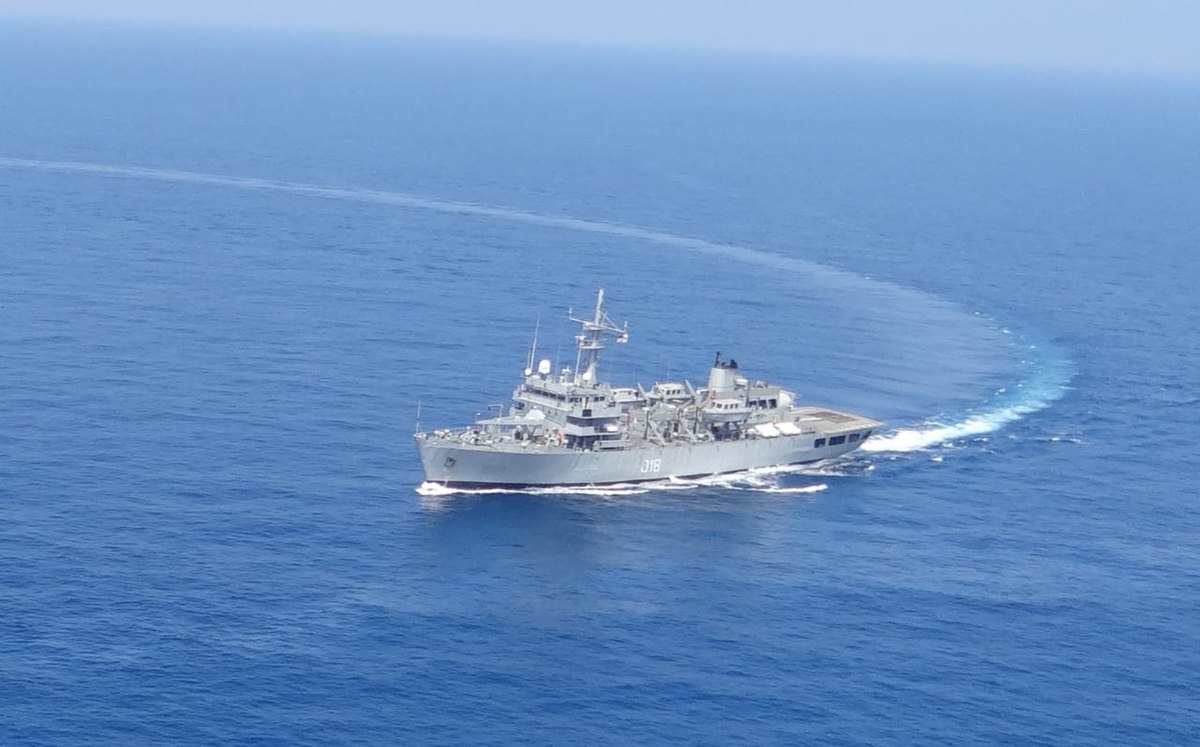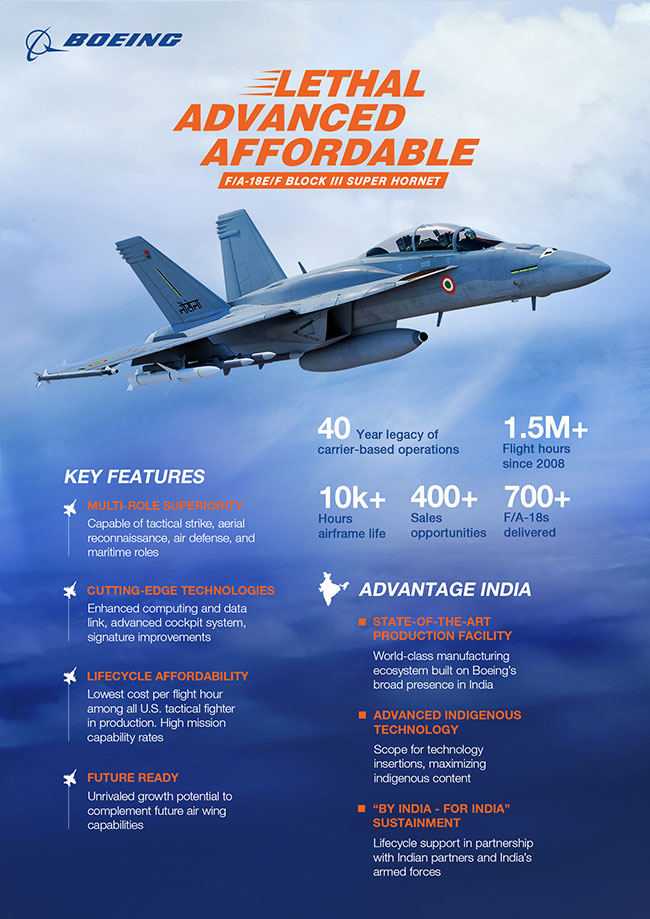40 km range at 40 knots. Not bad. Cab replace all the old SUT torpedoes in service for 2-3 decades.
The range of torpedo wasn’t given by the source. This range was officially declared by the institute?
40 km range at 40 knots. Not bad. Cab replace all the old SUT torpedoes in service for 2-3 decades.

First production units of Varunastra Heavy Weight Torpedo deliver to I
According to a Tweet released by the Indian DRDO (Defense Research and Development Organization) on November 22, 2020, the first production units of the Innavyrecognition.com
The Varunastra or Heavy Weight Torpedo (HWT) has been designed and developed by NSTL, Visakhapatnam. BDL, being the Production Agency, is manufacturing Varunastra at its Visakhapatnam Unit for the Indian Navy. The new torpedo is also being offered for export.
The Varunastra is an Indian advanced heavyweight anti-submarine torpedo, developed by the Naval Science and Technological Laboratory (NSTL) of the Defense Research and Development Organization (DRDO) for the Indian Navy.
The Varunastra is a ship-launched, heavyweight, electrically-propelled anti-submarine torpedo capable of targeting quiet submarines, both in deep and shallow waters in an intense countermeasures environment. It can be fired from all ASW ships capable of firing heavyweight torpedoes. VARUNASTRA has been inducted by the Indian Navy in 2016.
The Varunastra torpedo can achieve speeds in excess of 40 knots (74 km/h; 46 mph), weighs around 1.25 tons, and can carry 250 kg (550 lb) of a conventional warhead. According to the Indian Defense Industry, it is the only torpedo in the world to have a GPS-based locating aid.
No not officially but news articles and defence journalists in India have been often quoting its range as 40/40+ km. There are various old reports about same as far as I remember.The range of torpedo wasn’t given by the source. This range was officially declared by the institute?
State owned this is. Budget is allocated seperately as far as I know. Not included in defence budget.Is the company who make it a state owned one or private owned one bro ??
Does Indian law has regulation to set aside the defense budget for R&D at some percentage of point from total budget like how Singapore law do ?
The range of torpedo wasn’t given by the source. This range was officially declared by the institute?

Is the company who make it a state owned one or private owned one bro ??
Does Indian law has regulation to set aside the defense budget for R&D at some percentage of point from total budget like how Singapore law does ?
Interestingly Takshak torpedoes ( sub launch variant of it) will get 300 kw batteries instead of 250 kw batteries of Varunastra ship launch ones ( this one)So far 40 km (21.6 nm) is the number given for max range...it was an original requirement iirc.

First Production Varunastra Heavyweight Torpedo Delivered to the Indian Navy - Naval News
India's missile manufacturer Bharat Dynamics Limited (BDL) announced it has delivered the first production Varunastra heavyweight torpedo to the Indian Navy.www.navalnews.com
The torpedo is powered by an electric propulsion system with multiple 250 KWs Silver Oxide Zinc (AgOZn) batteries. It has a maximum speed of 40 knots, a range of 21.6 nautical miles and can dive to 400 meters. Like most modern torpedoes, it is wire-guided with active-passive acoustic homing. According to local media reports, it features GPS guidance as well.
India has no such law/regulation. Simply what RnD area is prioritized gets funding and its done external to official defense budget* .....and it comes to whatever number it does as %.
This company (BDL) is state owned i.e PSU.
*But that stuff does get included in lot of international military spending comparison etc where RnD is included for everyone.
Interestingly Takshak torpedoes ( sub launch variant of it) will get 300 kw batteries instead of 250 kw batteries of Varunastra ship launch ones ( this one)
If that can improve performance in some way. Just saying.
It's an open tender. The Japs need to find a local partner and submit their bidWith Japanese had opening their arms export, why not taking a look at their solution

So this survey ship will be under Navy commands right?


 ifenewsnetwork.com
ifenewsnetwork.com

The best part will be integration between F-18s, US drones, and P-8I .... that will literally multiply the current efficiency , hopefully they will get the growlers tooSmart choice
